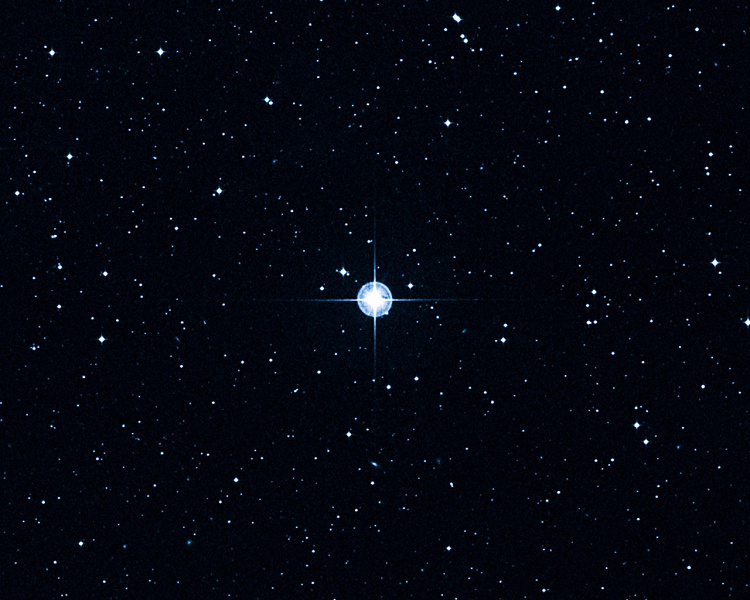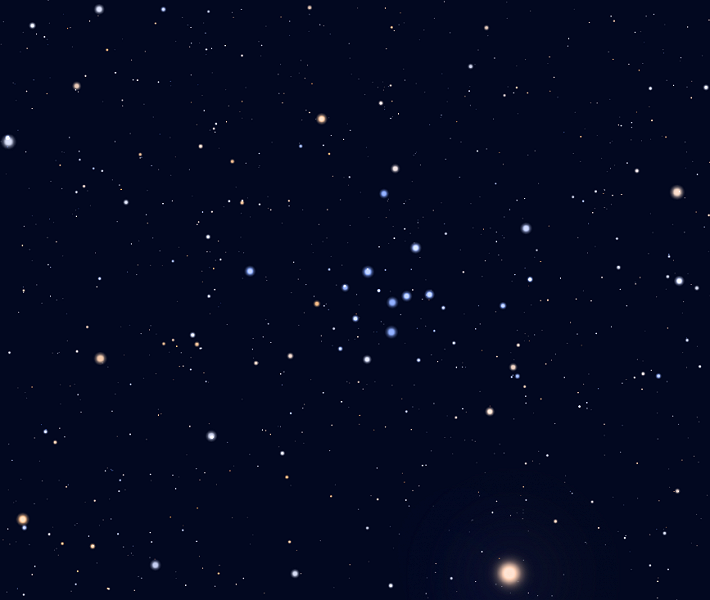The model predicts the age of the Universe to be 26.7 billion years
The current theoretical model of the composition of the Universe suggests that it consists of ordinary matter, dark energy and dark matter. However, a new study published March 15 in The Astrophysical Journal challenges this model, arguing that there is no room for dark matter.
In cosmology, the term «dark matter» involves a substance that does not interact with light or an electromagnetic field, and its behavior can only be explained by gravity. It has not been detected directly, but helps to understand how galaxies, planets and stars function.
Physics professor Rajendra Gupta of the University of Ottawa investigated a combination of covarying coupling constants (CCCs) and the theory of «tired light» (TL) in its model, called CCC+TL. This model combines two ideas about how the strength of particle interactions changes over time and how photons lose energy over long distances. The model has shown agreement with several observations, including the distribution of galaxies and the evolution of objects in the early Universe.
This model challenges the idea of the composition of the Universe, according to which approximately 27% is dark matter, less than 5% — ordinary matter, and the rest is dark energy.
One of the key tests of the cosmological model is to reproduce the distribution of galaxies using baryon acoustic oscillations (BAO). These oscillations arose from waves in the baryon-photon fluid when photons and baryons separated after the Big Bang. They can be observed as small temperature fluctuations in the cosmic microwave background radiation, which is observed as the cosmic microwave background (CMB). These oscillations are thought to develop into large-scale structures as higher-density regions of disturbances become galaxy nucleation points. BAOs are therefore expected to correlate with the formation of structures in the Universe and may serve as a key tool for testing cosmological models. Observation of BAO features at different redshifts confirms the primordial gravitational instability and the underlying paradigm of structure formation. This supports the ΛCDM model, based on observations of the cosmic microwave background radiation. The relative weakness of the BAO suggests a 1:5 ratio of baryons to dark matter, since a baryon-dominated Universe would have much more pronounced BAOs than the observed one. And the observed scale in redshift space is consistent with the Lambda CDM model derived from the CMB and other observations. In 2013, it was shown that BAOs can effectively constrain the cosmological parameter and test the model.
The new study used BAO measurements of galaxy pairs at different redshifts. The goal was to test the consistency of the hybrid CCC+TL model with the observed BAO features in the CMB. CCC+TL was able to explain the observed features of the BAO identified by the James Webb Space Telescope. (JWST), demonstrating the unusual morphology of galaxies at the dawn of the Universe.
Galaxies that arose in the early Universe, some of which occurred less than 500 million years after the Big Bang, are observed to have similar shape, structure, and mass to galaxies that existed for billions of years, only with an order of magnitude smaller angular sizes than expected for such galaxies. Attempts have been made to solve this problem by modifying models of star and galaxy formation, including reducing the time of their formation and taking into account primordial massive black holes in the early Universe. However, such models are computationally intensive and have limited availability in the research community. There are exceptions, but most are not suitable for simultaneously simulating the physics of galaxy formation and cosmic reionization during the first billion years of the history of the Universe. Some researchers suggest that new physics is needed to explain these observations.
The CCC+TL model predicts the age of the Universe to be 26.7 billion years, which differs from the generally accepted value of 13.8 billion years. This assumption requires testing based on observations including the BAO, CMB, Big Bang artifacts, and globular clusters. This study focuses on BAO. In standard cosmology, the accelerated expansion of the Universe is believed to be caused by dark energy, but in the new interpretation it occurs due to the weakening of bonds as it expands.
There are several papers calling into question the existence of dark matter, but mine is, to my knowledge, the first to rule out its existence while still being consistent with key cosmological observations that we've had time to confirm — says Gupta.
The new CCC+TL model implies that the baryon density coincides with the critical density. Unlike the standard model, there is no dark energy in CCC+TL, and the entire critical density is explained by baryonic matter. It is only 3.1% of the standard model.
The new model requires further research and observational testing to ensure its accuracy and consistency with other cosmological models. The question arises what experiments can help test the existence of two redshift components. For example, a redshift drift test could be used to directly measure cosmological expansion using gravitational lensing images of distant objects. Different images of an object taken at the same moment in time will travel different distances, which means that the photons left the objects at different times. By accurately measuring the redshift and comparing expansion rates calculated from different images, the redshift drift and thus the cosmological expansion can be determined. The difference in expansion rates calculated from different images may be due to redshift due to “tired light”.
Another method is the analysis of type Ia supernovae with a clearly defined brightness profile or quasars with a brightness fluctuation profile. The brightness markers of these objects appear in observations at different times, and the different paths of light will be due to “light fatigue” at redshift, while the redshift due to expansion will be the same in all observations.

Designing an experiment to test changes in coupling constants may also be considered. In the CCC model, the change of several coupling constants is determined by a single function. If one coupling constant is fixed, then that function will remain constant and all other coupling constants will not change. However, a search for suitable observations is required that can detect a change in this function and, accordingly, in the coupling constants.
Determining the age of a globular cluster may not provide an answer to the question of a model based on predicting the age of the Universe. The age of globular clusters depends on the model and is often adjusted when it exceeds the age of the Universe. For example, the age of some clusters was previously estimated at 15.8 ± 2.1 billion years. As an example, when updating the parameters of stellar evolution, the age of the star Methuselah (HD 140283) was adjusted from 14.5 ± 0.8 billion years before «comfortable» 12.0 ± 0.5 billion years.
If it is confirmed that the age of the Universe is significantly greater than the accepted 13.8 billion years, then astrophysicists will not be limited to estimating the age of stars. In particular, this could make it possible to confirm the age of the globular cluster NGC104 between 19.04 and 20.30 billion years, as estimated by assuming an age of 26.7 billion years for the Universe. Without restrictions that could also apply to young clusters, the age of the open cluster IC 4665 would change from 32 million years to more than 50 million years.
The author notes that working with the CCC+TL model is more complex than with the ΛCDM model. In the era of precise cosmology, it is necessary to be attentive to new models that may go beyond the standard model. Careless or incorrect application of the CCC+TL model can lead to incorrect results, so all possible effects of changing from the standard model to the CCC+TL model must be carefully considered.
At the same time, the CCC+TL model solved the problem of «impossible early galaxies» by stretching, rather than compressing, the time scale of star and galaxy formation, as required by the ΛCDM model.

